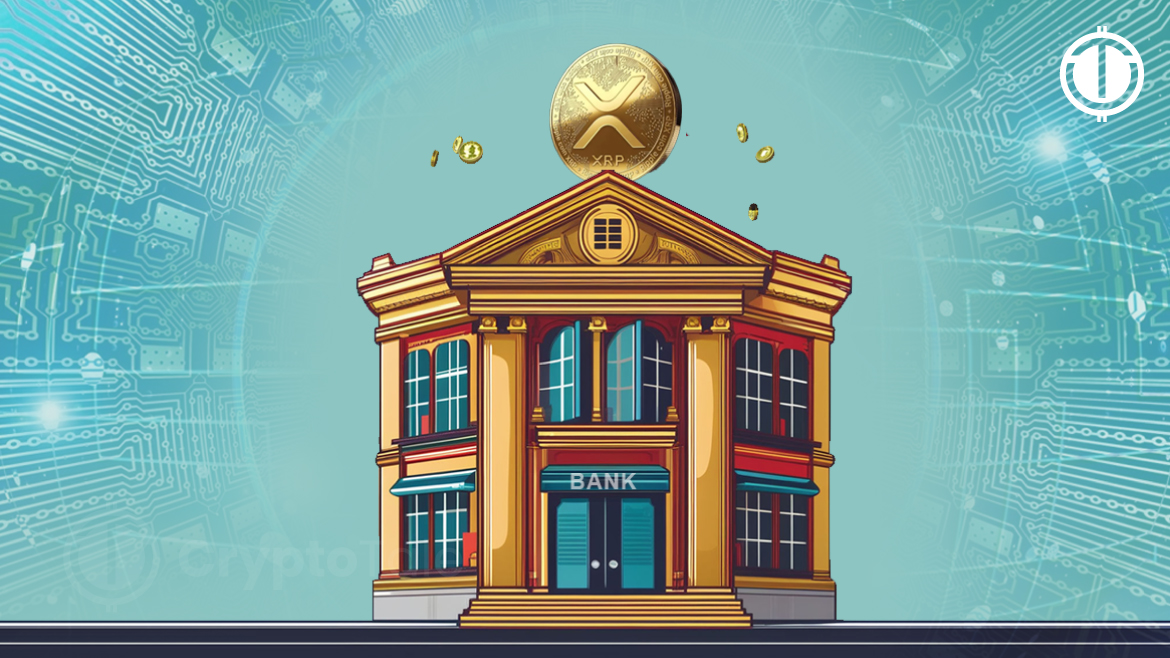- Basel Committee exposes crypto moves of 19 banks worldwide with total crypto asset exposures hitting €9.4 billion, a mere 0.05% of total exposures.
- Bitcoin and Ether dominate the charge with 31% and 22% with Polkadot, XRP, ADA, Solana, Litecoin, and Stellar in the mix.
- Out of 19 banks, 10 were from America, 7 from Europe, and 2 from the rest of the world.
The Basel Committee on Banking Supervision has just dropped a trove of data on banks’ engagements with crypto assets. Nineteen banks stepped up to the plate and provided the data disclosing total crypto asset exposures stand at approximately €9.4 billion. Bitcoin and Ethereum take center stage with Polkadot, Ripple’s XRP, Cardano’s ADA, Solana, Litecoin, and Stellar making notable appearances.
Overall, 19 banks submitted crypto asset data – 10 from North America, seven from Europe, and two from the rest of the world. Their crypto asset engagements account for 17.1% of total Risk-Weighted Assets (RWA) and 20.9% of the overall Leverage Ratio Exposure Measure (LREM).
Banks now have to report their crypto asset holdings in a standard format, which was introduced as part of the Basel III monitoring exercise. This format helps regulators assess the risks associated with these holdings and ensures that they are managed responsibly. The format was developed based on guidelines published in June 2021 and June 2022.
The grand total of crypto exposures is around €9.4 billion, a tiny 0.05% of the total exposures on average. But, the distribution is newsworthy – two banks take more than half the pie, with four others grabbing almost 40% of the remainder.
Bitcoin and Ether dominate the reported crypto asset exposures, comprising 31% and 22% respectively. When considering the top 20 reported crypto assets, other notable entries include Polkadot (2% of reported exposures), Ripple XRP (2%), Cardano Ada (1%), Solana (1%), Litecoin (0.4%) and Stellar (0.4%). The exposure to stablecoins like USD Coin and tokenized assets is also reported, albeit in smaller amounts.
The reported exposures span three key activity categories, all providing a lens into how banks are navigating the crypto landscape. These include crypto holdings and lending, clearing, client, and market-making services, as well as custody, wallet, insurance, and other services.
Custody, wallet, insurance, and other services dominate, making up half of the reported crypto exposures. Clearing and market-making services trail closely at 46%, with the remaining 4% attributed to crypto holdings and lending. The landscape is diverse, with most banks specializing in one activity group, adding a layer of complexity to their crypto endeavors.
While it was previously observed that XRP’s price is operating within the confines of a Descending Channel, typically characterized by lower highs and lower lows, Bitcoin has recently been reported to have overtaken Ethereum in daily transaction fees, a position it hasn’t held since 2020.












